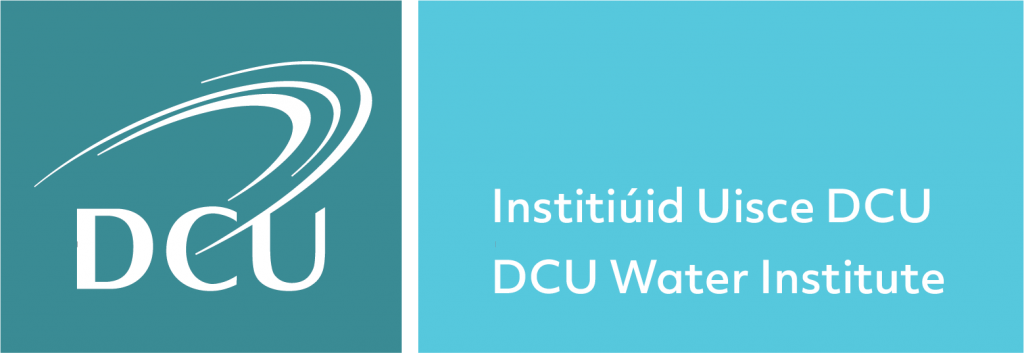Aligning policy with environmental challenges to improve water quality and meet climate change targets
The Common Agricultural Policy was introduced in 1962. It is the agricultural policy of the European Union. It implements a system of agricultural subsidies and other programmes.
A key function of the Common Agricultural Policy (CAP) is to protect family farm incomes and in so doing supporting the rural economy. Another objective is to ensure the production of high-quality safe food.
One of the objectives or visions of the CAP is to protect rural landscapes and the environment. This one I have some issues with because some of the single farm payments are for activities that are perhaps not the best for the aquatic and broader environment. So, I wonder if policy development at government level involves communication between departments to ensure we deliver on environmental vision as well as agriculture targets.
The CAP has two pillars:
- Pillar 1 is the Income Support side of things with schemes such as the Basic Payment Scheme and Greening;
- Pillar 2 relates to Infrastructure, Environment and Development Support. The main schemes here include GLAS, EIP-AGRI and TAMS.
GLAS, Green, Low-Carbon, Agri-Environment Scheme[1] is the agri-environment scheme under the Rural Development Programme 2014 – 2020. Priority is given to farmers with priority environmental assets and to farmers who undertake specific priority actions. The policy is said to tie in with the green vision for Irish agriculture as contained in Food Harvest 2020.
Is this vision a good one for the environment?
Of course GLAS is focused on prioritising rare bird species, protection water courses from nutrients and other such worthy objectives. Overall the vision is really impressive.
It is recommending that spraying or broadcast application of herbicides is to be avoided. However, spot application and wipe on treatment to eradicate docks, thistles and similar noxious weeds is permitted. [2]
The perspectives of GLAS farmers and policy makers was taken into account in the process of making a decision to extend use of glyphosate for 5 years. There is a distrust in the science to understand the chemical’s safety and value in agriculture, and a call for greater engagement with farmers about alternative approaches to farming.[3] Will this discussion happen in time for a CAP reform? Such varied voices on use of chemicals in agriculture are unhelpful, because the intensification of the industry is driven by a policy that is not going to help meet the climate change targets.[4] Perhaps we need a new policy – beyond Food Harvest 2020, and a new outlook that will include GLAS but less intensive agriculture.
[1] https://www.agriland.ie/everything-you-need-to-know-about-glas/
[2]https://www.agriculture.gov.ie/media/migration/farmingschemesandpayments/glastranche1/GLASTranche1Spec161015.pdf
[3] https://glasfarmplanners.ie/the-future-of-crops-in-ireland-its-time-for-farmers-to-wise-up-in-glyphosate-debate/
[4] https://www.agriland.ie/farming-news/farmers-must-prepare-to-produce-in-a-post-glyphosate-era-darina-allen-tells-ceres-event/


Recent Comments